Getting ready for surgery involves more than just paperwork and pre-op checklists—what you eat in the days and weeks before your procedure can have a direct impact on how quickly and comfortably you recover.
Good nutrition plays a key role in strengthening your immune system, reducing inflammation, and speeding up healing after surgery. If you’re scheduled for a procedure at Prime Surgical Suites in Granite Falls, NC, knowing how to fuel your body before surgery can set you up for a better outcome from day one.
Here’s how to prep your plate and prioritize your health before surgery.
What Are Flat Feet?
Flat feet occur when the arch of the foot collapses or fails to develop fully. This leads to the entire sole of the foot making contact with the ground. Some people are born with flat feet, while others develop the condition over time.
Common causes include:
- Genetics or congenital flatfoot
- Injuries or overuse
- Age-related tendon weakening
- Conditions like arthritis, obesity, or diabetes
While flat feet don’t always cause problems, they can lead to joint pain, instability, and strain on surrounding muscles and ligaments. According to Cleveland Clinic, untreated flat feet can lead to arthritis and mobility issues later in life.
Signs That Flat Feet Are Causing Bigger Problems
1. Chronic Foot or Ankle Pain
Pain in the arch, heel, or inner ankle—especially after walking or standing—can signal stress on the posterior tibial tendon, which supports the arch.
2. Frequent Swelling in the Feet
Swelling along the inside of the ankle may indicate tendon damage or inflammation.
3. Difficulty Standing or Walking for Long Periods
Flat feet often lead to early fatigue, discomfort, or stiffness after physical activity. Over time, this can limit your ability to stay active or complete daily tasks comfortably.
4. Foot Misalignment and Postural Changes
Flat feet can contribute to overpronation—when your foot rolls inward excessively. This may lead to knee, hip, or lower back pain, and affect your gait and posture.
5. Worsening of Other Conditions
Issues like bunions, plantar fasciitis, or Achilles tendonitis may be made worse by the lack of arch support. Long-term cases may even result in arthritis in the foot and ankle joints.
If you’re experiencing these issues, schedule a consultation with our team at Prime Surgical Suites to explore your treatment options.
Non-Surgical Treatments for Flat Feet
Many patients start with conservative options to manage discomfort:
Custom Orthotics
Prescription insoles are designed to support your arch and redistribute pressure. For many, custom orthotics offer significant relief and improved stability.
Physical Therapy & Strengthening Exercises
Targeted stretches and strengthening exercises can reduce inflammation, improve balance, and restore flexibility. The Mayo Clinic recommends therapy as a first step before considering surgery.
Supportive Footwear
Shoes that offer motion control and arch support can reduce strain and prevent your condition from worsening. Avoid flat, unsupportive shoes like flip-flops or high heels.
Pain Management (NSAIDs & Ice)
Nonsteroidal anti-inflammatory drugs (like ibuprofen) and ice therapy can help manage inflammation after activity or standing.
Bracing for Severe Cases
In more advanced cases, walking boots or ankle braces may help stabilize the foot and reduce stress on tendons.
If these options no longer provide relief, surgical intervention may be necessary.
When to Consider Flat Foot Surgery
You may want to explore surgical correction if:
1. Non-Surgical Treatments No Longer Work
If orthotics, therapy, and supportive shoes aren’t helping, it could be time for surgery.
2. Severe Arch Collapse or Joint Deformity
X-rays or imaging that show tendon damage or bone deformity may indicate the need for corrective procedures.
3. Chronic Pain That Limits Mobility
Persistent pain that affects walking, exercise, or daily routines may be resolved with surgical treatment.
4. Progressive Foot Deformity
If your condition is getting worse—visibly or functionally—surgery can prevent long-term complications and restore proper alignment.
Learn more about how we help patients at Prime Surgical Suites address foot and ankle conditions with advanced care.
Types of Flat Foot Surgery
The best surgical option depends on the severity and cause of your flat feet. Common procedures include:
Tendon Reconstruction & Arch Repair
Reinforces the damaged posterior tibial tendon and restores arch height. Often paired with ligament tightening for added support.
Osteotomy (Bone Realignment)
Involves cutting and repositioning bones in the foot to correct alignment and redistribute pressure during walking.
Fusion Surgery (Arthrodesis)
For severe cases or advanced arthritis, this procedure fuses foot joints to eliminate pain and provide stability.
Joint Replacement or Artificial Implants
Some patients benefit from implantable devices that restore arch structure and reduce chronic pain.
For a breakdown of each option, visit this page on FootCareMD.
What to Expect After Flat Foot Surgery
Recovery timelines vary depending on the procedure, but most patients can expect:
- A cast or boot for 6–8 weeks
- Physical therapy to regain strength and flexibility
- Gradual return to weight-bearing activities
Full recovery typically takes 3–6 months, but the benefits can be life-changing:
- Less pain and swelling
- Improved walking and foot alignment
- Better posture and overall mobility
Stop Living with Foot Pain—Find the Right Solution Today
Flat feet don’t have to hold you back. If conservative treatments haven’t worked and you're still struggling with discomfort, surgical correction may be the next step toward lasting relief.
At Prime Surgical Suites, our specialists provide advanced care for foot and ankle conditions in Granite Falls, NC. We’ll assess your symptoms, review your options, and create a plan that fits your lifestyle and long-term goals.
Reach out to us to get referred to one of our specialists today and take the first step toward walking pain-free again.
.png?width=200&height=63&name=Prime%20Surgical%20Suites%20Logo-FINAL%20(REV_2_19).png)






